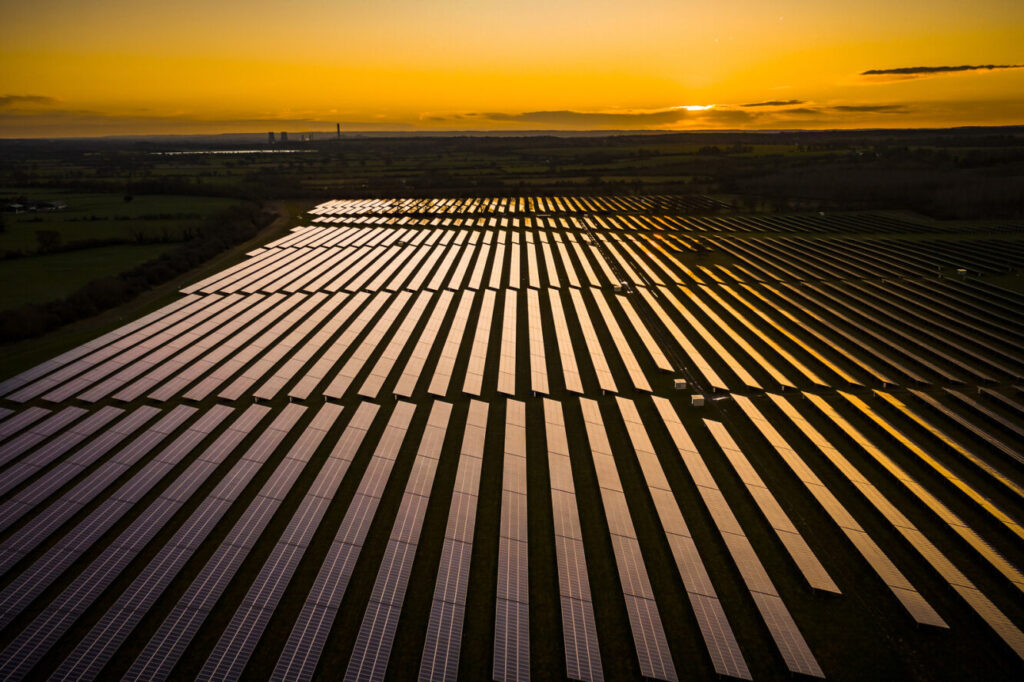Analysis: DeepSeek’s merits for data centre investors
Among infrastructure investors, much of the initial attention around the ground-breaking AI model developed by China’s DeepSeek has focused on how it might reduce opportunities to deploy capital into large-scale data centres.
The AI chatbot designed by the Hangzhou-based company reportedly cost a fraction of its US peers such as ChatGPT to develop, and crucially requires a fraction of their computing power – in other words fewer chips and data centres.
Aside from wiping USD 600bn off US chipmaker Nvidia’s market value in a matter of hours, the surge of interest in DeepSeek has raised concerns among infrastructure investors that recently-announced multi-billion dollar investment plans in mega data centres might no longer be needed, nor viable.
As the dust settles, however, other sides of the debate are starting to emerge and market experts are also seeing upsides for some data centre investors.
One benefit is that DeepSeek’s model might help bridge the yawning gap between data centre demand and supply, said Morgan Laughlin, managing director and global head of data centre investments at PGIM, the asset management firm of Prudential Financial, speaking on 30 January at the IPEM Wealth conference in Cannes.
“If one adds up all the demand signals coming through for data centre capacity, it is clear to anyone in the industry that there is no way that we meet all that demand within the associated time frames,” he said.
“If DeepSeek ends up lowering that demand, I think that’s a good thing for the industry because we were going down a very bumpy road trying to meet unrealistic expectations,” he added.
Cheaper machine learning is indeed likely to be bad news for developers of greenfield large-scale data centres focused purely on developing and training AI models, which are typically being planned away from urban centres, where there is abundant power supply and available grid connections.
“The impact of DeepSeek could mean that we need less of these large scale, comparatively remote, AI training campuses,” said Laughlin.
A plan by ChatGPT creator OpenAI, backed by US President Donald Trump, to pour USD 500bn into AI-focused data centres in the US has immediately come under scrutiny.
The same scrutiny is also likely to apply to a similar USD 50bn investment programme announced in October by KKR Infrastructure and Energy Capital Partners, and a USD 30bn AI-focused data centre partnership byBlackRock’s GIP and Microsoft, as well as Blackstone’s USD 10bn plan for an AI-focused data centre in Northumberland in the UK.
But other data centre business models are likely to come through the DeepSeek storm unscathed, or even benefit from it.
Cheaper AI training could result in a boom of AI-based applications, as more companies are able to afford the technology. This in turn could mean more demand for so-called low-latency data centres, which are needed to run cloud computing-based, AI-powered software and are typically located closer to users, often near large cities.
“Based on what we know about the DeepSeek breakthrough, I don’t see a lot of downside for our investment strategy of building low latency data centres, there are only potential upsides,” Laughlin said. “It’s a very interesting evolution”.
Even without demand for AI-focused facilities, global data centre demand is still expected to grow by around 16% annually in the next five years, according to a report by McKinsey published in October 2024, requiring huge investments.
Re-routing capital that was earmarked for some new AI training data centres into cloud computing facilities could now make it easier to meet this demand, panellists at the IPEM event pointed out.
It could also help reduce power grid constraints, which market participants often identify as a key bottleneck in data centre development.
“If one were to take a bearish view, you could expect slightly lower growth in the next two to three years from new AI data centres,” a senior European TMT banker told Infralogic. “But you still have a large backlog of demand for cloud services.”
A source at an infrastructure fund with sizeable data centre investments said there might be a change in market sentiment that could dampen data centre valuations, which have recently reached around 30x EBITDA on the back of high growth expectations.
“If you look at data centre platforms that have traded in recent months in Europe, a part of the premium would be based on growth projections banked on AI demand,” said the investor. “This is suddenly looking uncertain.”
But the TMT banker countered that even those assets that have recently changed hands at high multiples, such as Data4 in France or Nabiax in Spain, are focused on providing cloud services, rather than AI training, justifying the prices paid. Plans by infrastructure investors to deploy capital in AI training-focused data centres so far has largely remained only on paper, and this capital could be directed to other types of facilities, he added.
Ultimately, as new technologies become cheaper, they often open up vast new investment opportunities that were previously hard to predict. The renewable energy industry has been turned upside down in recent years by a dramatic fall in the cost of solar panels, and a similar dynamic could now happen with AI in the digital infrastructure space.
Overall, the need for data centres is not due to wane any time soon and developments like DeepSeek’s AI model breakthrough could accelerate growth in some parts of the industry. But the investors that stand to benefit from it might not be the ones that were in pole position only a few months ago.











